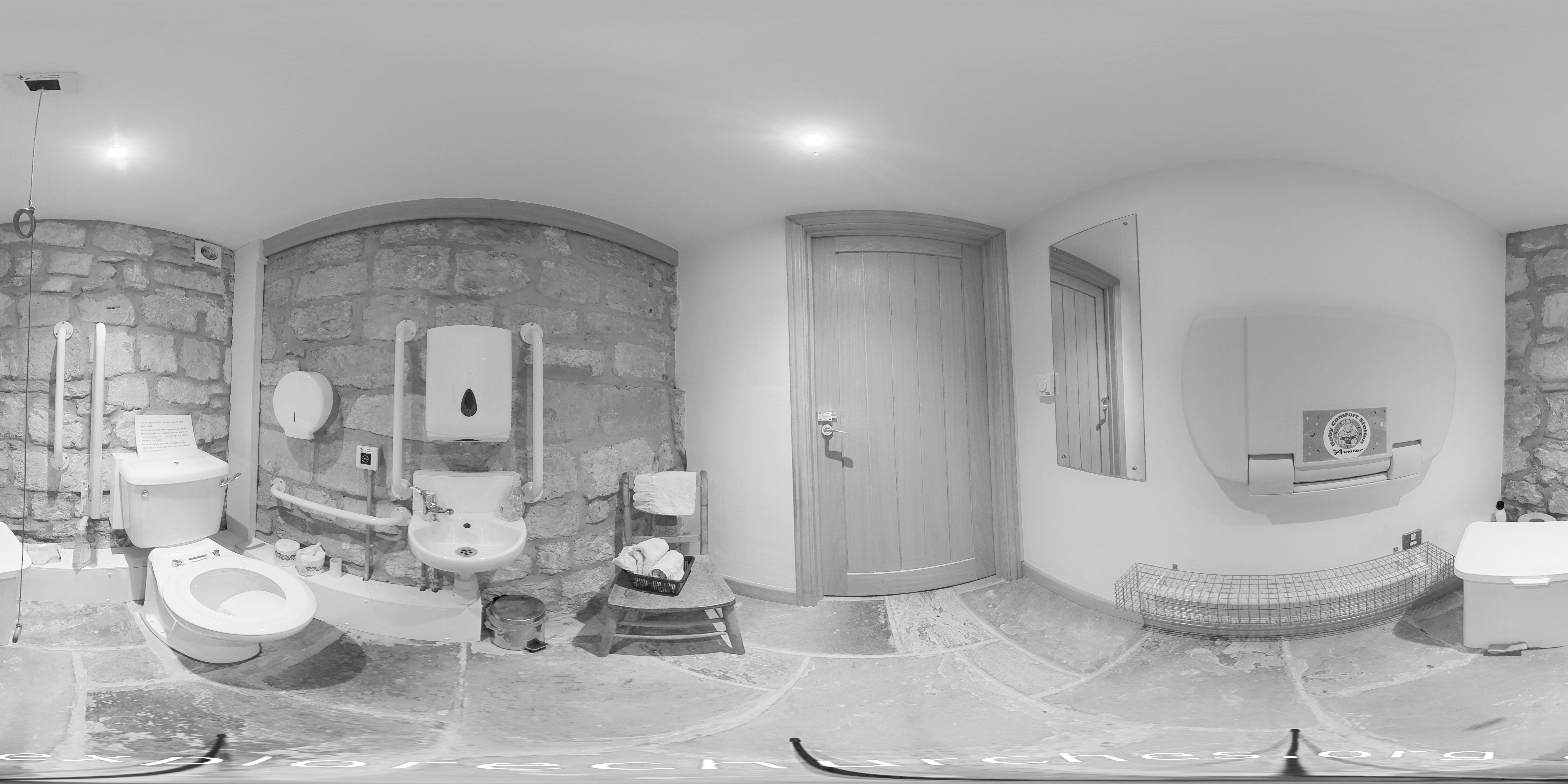
Toilets
Having at least one toilet in your church increases your potential for welcoming visitors and your wider community into the building. It is also a useful facility for worshippers!
It is estimated that nearly a third of the UK’s church buildings do not have toilet facilities (NCT Survey, 2010), and that listed buildings are generally the least well equipped. In a recent survey (ComRes, December 2015) 34% of those asked said that toilets would encourage them to visit a church, chapel or meeting house.
Installing one or more toilets is definitely worth considering.
1. First considerations
Every year we receive many grant applications from churches wishing to install toilets, in innovative ways and for a wide range of reasons. It is important that you find the right solution for your church, but there are lots of great examples out there.
- Think about the location; inside/outside, perhaps an interior pod (built to sit within but without structurally affecting the historic fabric of the building) or in a new extension
- Think about scale; how many toilets do you need, try and think realistically about both every day and special events need
- Think about the practicalities; particularly heritage fabric, water supply and drainage
- Find out what others have done, try a few out
- Use the above to inform early discussions with your architect and the DAC
Society for the Protection of Ancient Buildings: church extensions
Diocese of Exeter: installing wcs and kitchens
2. Wheelchair accessible
Any new facilities should be designed with access for people with disabilities in mind.
Installing accessible facilities is not just about physical access to the toilet. To comply with the relevant Buildings Regulations you also need to consider the sanitary fittings chosen, the physical layout of the space and other matters such as drainage connections.
There is a great deal of advice online about installing wheelchair accessible facilities in churches.
Church Growth Trust: wheelchair accessible WCs within church buildings
Through the Roof: churches, access and the DDA
Church of England: accessibility
3. Eco solutions
There are a variety of reasons for considering eco/green/sustainable solutions when installing facilities, but perhaps the most common is a lack of mains drainage or even mains water to your church.
- Composting toilets; waterless toilets which are small-scale, complete waste processing, can be installed in the church or in a separate building outside
- Trench arch systems; a way of installing a WC in a church where there is no suitable mains drainage, cheaper and less intrusive than septic tanks and potentially less damaging to archaeology
Sustainable Build: composting toilets
Diocese of Gloucester: waste water from churches
4. Toilet twinning
Caring for people's comfort needs is part of providing a great welcome to your church. You can extend this comfort to others, beyond your congregation and visitors.
By twinning your toilet, you help those in the developing world have access to proper facilities, clean water and the information they need to be healthy.
Toilet Twinning: homepage
